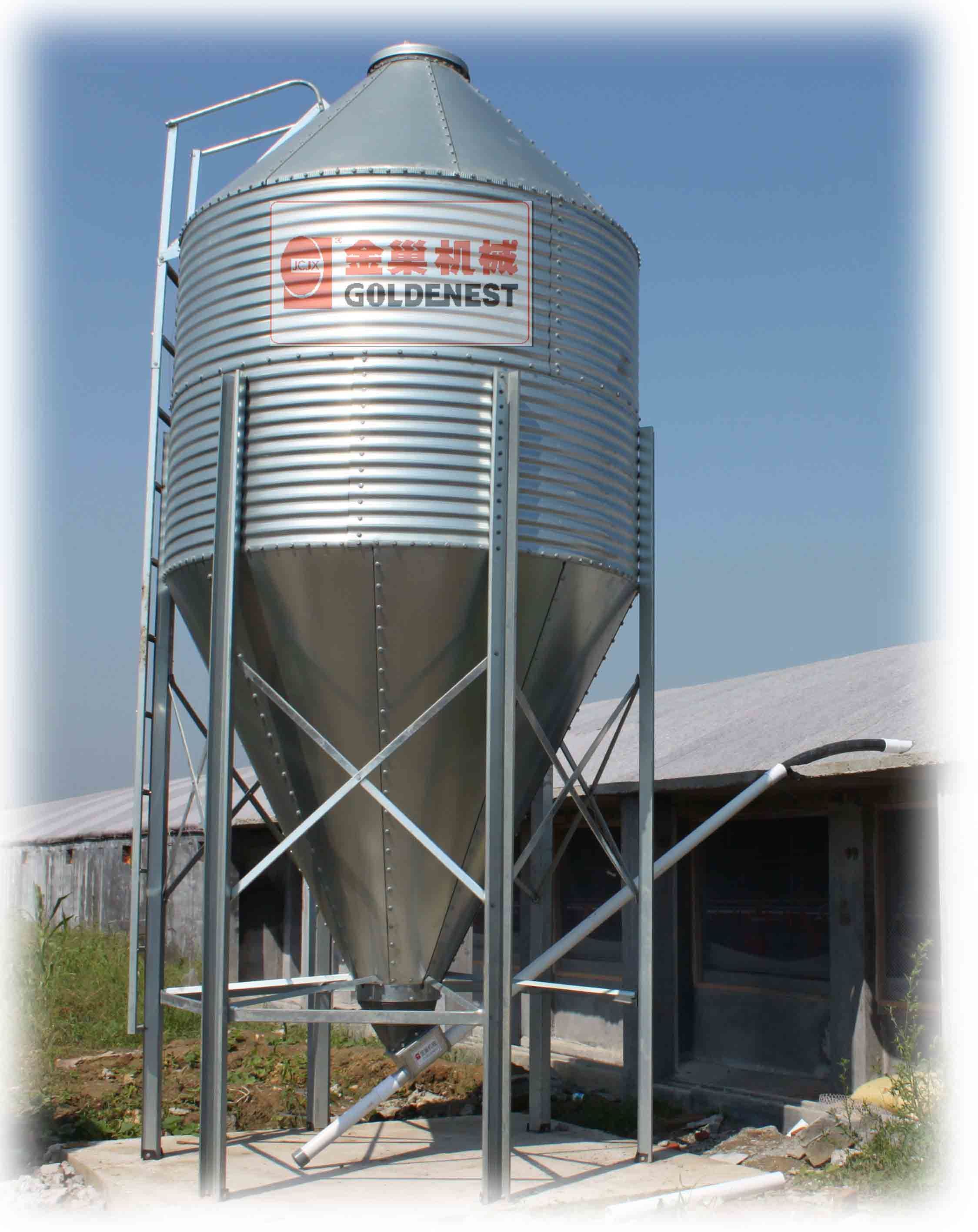
Graves of those laid down before, to make new graves for the recently dead. Returned to the same small spot on the ridge over and over again, they dug through the People chose to continue burying in the same small area where they had begun. The size of the cemetery across the ridge, which held ample room for more burials, But as the number of burials grew, rather than expand The span of time during which the Silo ridge was used as a cemetery is unknown no Is not certain whether these are also cemeteries or just places where isolated burials Neither of these sites has been investigated well and it Have also been found at two other Late Archaic sites nearby in Karnes County, including The Silo site became designated as a place to bury their dead – a cemetery. Instead of just being a convenient camping place, a portion of The site began to think differently about the ridge and its place in the life of the Itself to dense riparian woodlands and nearby upland areas.Īt some point during the Late Archaic period, the group (or groups) who frequented The San Antonio River valley provided ready access to habitats ranging from the river Gathering plant foods as well, such as pecans and prickly pear. Were pulled from the nearby stream or, more likely, from the San Antonio River itself.Īlthough no direct evidence was found, we can be sure that Late Archaic visitors were also Mussel shells, and, no doubt, fish and other riverine species such as turtle,

Tools were made and sharpened to hunt game with darts tipped with Ensor, Fairland, and Matamoros projectile points. Occupational debris likely stems from ordinary camp activities. Some of the cooking activitiesĬould be related to rituals related to the cemetery, such as feasting. Numerous fire-cracked rocks show the ridge was used for cookingĪnd perhaps heat-treating chert (flint) for stone tool manufacture. Of the ridge, but the limited testing suggested that whatever evidence of their activities might exist, it is likely mixed in with that from later occupations.Ībout 2000 years ago, peoples began to visit the Silo site more frequently and All of these artifacts, except one Guadalupe tool (see photograph), were found on the surface Paleoindian point base and, during the Early Archaic, an Early Triangular dart pointĪnd several Clear Fork and Guadalupe adzes. The only definitive evidence they seem to have left behind is a This location as early as the Paleoindian period and again in Early Archaic, and possibly, Obscuring much of the site’s developmental history. Times as well as by the forces of nature, especially rodent burrowing and tree roots, The occupation zone had been heavily disturbed by humans in ancient and modern The prehistory of the site, aside from the burials themselves, is largely a Additional research by Coryīroehm and several other volunteers recovered one more burial and helped to define the site Remains representing about 25 individuals were encountered in five 1-x-1-meterĮxcavation units placed along the silage trench wall. Salvage work continued intermittently for about two years. Year by student volunteers under the direction of Troy Lovata, then a graduate studentĪt UT-Austin. Small-scale salvage excavations were undertaken the following It was obvious that the steep trench wall would continue to erode and destroy what (39 inches) within which were numerous artifacts similar to those found on the surface The trench wall revealed a thick upper layer about a meter thick Stone tools, all evidence of intense prehistoric activity, were scattered across the Tool-making debris, animal bone fragments, freshwater mussel shells, and occasional

Hester and several of his students found the remains of several human burialsĮroding out of the south wall of the silage trench. Hester at the University of Texas at Austin, who soon came down to take a He surmised were human bones eroding out of the south wall of this trench. In 1995, some forty years after the trench’s excavation, the landowner noticed what Trench was left open and the walls slowly eroded. Some abandoned silage trenches were backfilled, but in this case the At the time, some ranchers used such trenches to store greenįodder for livestock feed, a practice now used rarely because of improved storage In the 1950s, a deep silage trench some 180 feet long, 20 feet wide, and 10 feetĭeep was dug down the length of the ridge, cutting straight through the Silo site. In the Late Archaic period, roughly 2000 yearsĪgo, people began to use the site as a cemetery. Native peoples used the site for a camping spotĪt various times during the Archaic era. Mesquite trees, hackberry, prickly pear cacti,Īnd brush grow dense along this creek and its surroundings. (41KA102) sits atop a low ridge overlooking a small, unnamed, wet-weather creek that flows In the gently rolling landscape of central Karnes County, the Silo site


 0 kommentar(er)
0 kommentar(er)
